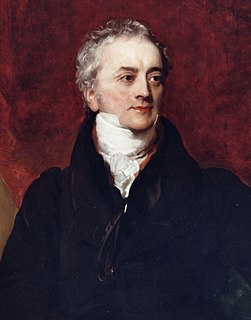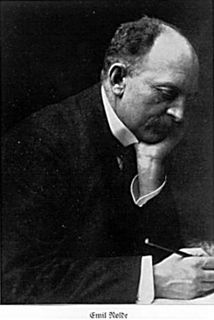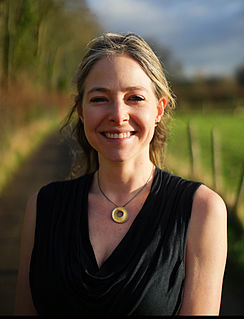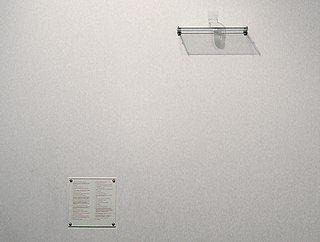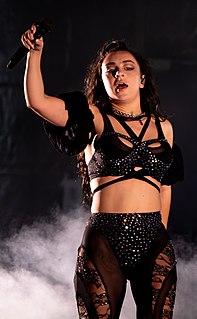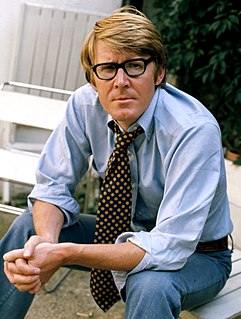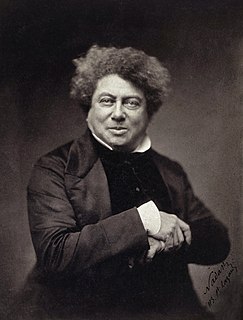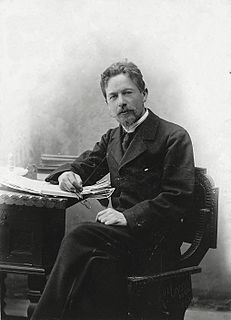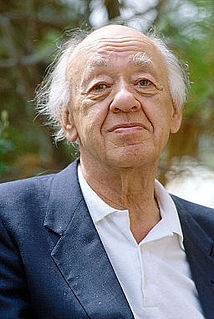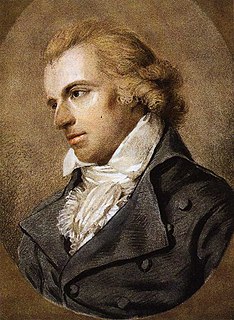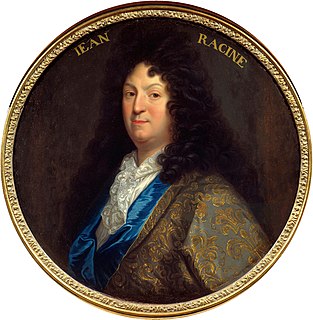A Quote by Tom Stoppard
The colours red, blue and green are real. The colour yellow is a mystical experience shared by everybody.
Related Quotes
Turning to the colour-classification methodology: The starting point are the four pure colours red, yellow, green and blue; their in-between shades and scales of brightness result in colour schemes containing 16, 64, 256 and 1,024 shades. More colours would be pointless because it wouldn't be possible to distinguish between them clearly.
It's untrue to say the colors I use are not those of reality. They are real: The red I use is red; the green, green; blue, blue; and yellow, yellow. It's a matter of arranging them differently from the way I find them, but they are always real colors. So it's not true that when I tint a road or a wall, they become unreal. They stay real, though colored differently for my scene.
Bastian had climbed a dune of purplish-red sand and all around him he saw nothing but hill after hill of every imaginable color. Each hill revealed a shade or tint that occured in no other. The nearest was cobalt blue, another was saffron yellow, then came crimson red, then indigo, apple green, sky blue, orange, peach, mauve, turquoise blue, lilac, moss green, ruby red, burnt umber, Indian yellow, vermillion, lapis lazuli, and so on from horizon to horizon. And between the hill, separating color from color, flowed streams of gold and silver sand.
If we seek for the simplest arrangement, which would enable it [the eye] to receive and discriminate the impressions of the different parts of the spectrum, we may suppose three distinct sensations only to be excited by the rays of the three principal pure colours, falling on any given point of the retina, the red, the green, and the violet; while the rays occupying the intermediate spaces are capable of producing mixed sensations, the yellow those which belong to the red and green, and the blue those which belong to the green and violet.
Fred didn't have a favourite colour. He was just pleased that he could see all of the colours in the colour chart. That was his wish for everyone. Fred wanted people to experience the joy of seeing vivid colours - in nature: the greens and browns of the mountains; in their work: the orange, red and black of the back of the retina; and in life.
The Olympic flag [] has a white background, with five interlaced rings in the centre: blue, yellow, black, green and red []. This design is symbolic; it represents the five continents of the world, united by Olympism, while the six colours are those that appear on all the national flags of the world at the present time.
The colour of a British wood in autumn is predominantly yellow. There are relatively few European trees which have red leaves in the autumn. But there are splashes of crimson or rust-red colours from a few indigenous trees, like the rowan, as well as from introduced species, like the North American red oak.
There is silver blue, sky blue and thunder blue. Every colour holds within it a soul, which makes me happy or repels me, and which acts as a stimulus. To a person who has no art in him, colours are colours, tones tones...and that is all. All their consequences for the human spirit, which range between heaven to hell, just go unnoticed.






